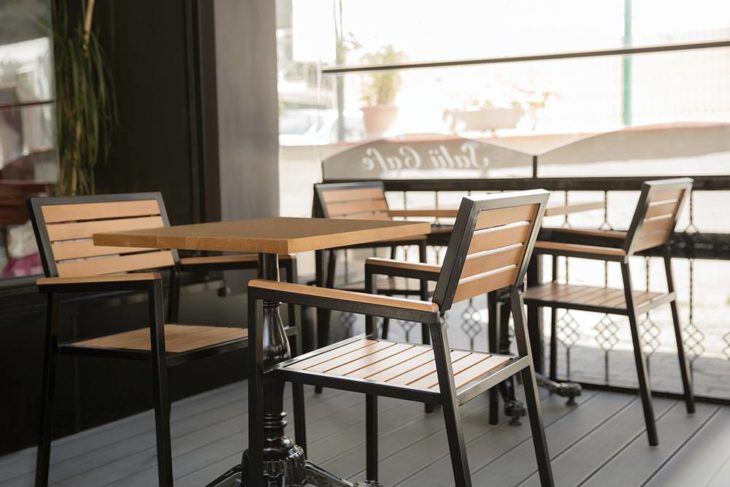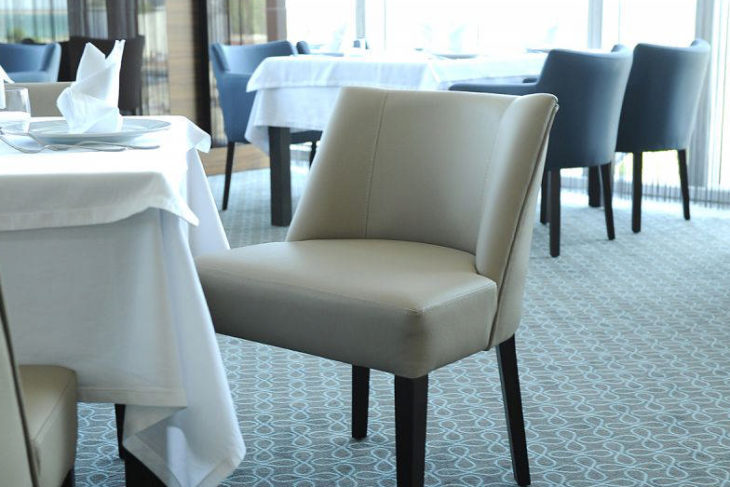
Bearings are an important element to many machines, as they reduce friction between two objects, allowing moving parts to move more smoothly. Bearings are split into two basic categories, radial and thrust bearings. Radial are in turning shafts, and thrust support axial loads. Of course there are several different bearings available within these two categories. They include:
- Split
- Ball
- Roller
- Mounted and unmounted
- Flange
There really are so many different varieties. Ball bearings happen to be the most common type and they’re used in a variety of applications. Bearing tools, components and accessories work in a range of products made to protect them and produce smooth operation. For example, gear pullers extract bearings for inspections and repairs, and bearing shields stretch a bearing’s life by ensuring that the lubricant inside the raceway stays put.
How Bearings Work
Made up of basically a ball and an inside and outside smooth surface for rolling, the ball will carry the load weight, and the force associated is what encourages rotation. The way the force is placed depends on if it’s a thrust load or radial load.
Radial loads put weight on the bearing making it rotate from tension, while thrust loads put stress directly on the bearing from an angle. Some bearings even handle both radial and thrust loads. One example is a car tire, in which it supports a radial load on a straightaway and a thrust load when taking on a corner.
Types of Bearings
There are many different kinds of bearings all made to handle both types of loads as discussed above. Both load type and ability to support weight come into play when choosing the right bearing for the job. Here are some of the variations.
Ball Bearings – Ball bearings are the most common as they take on both radial and thrust loads. The down side is that they can only handle small load weights, and they sometimes warp if they are overloaded. They can be found in many products to include hard drives and roller blades among others.
Roller Bearings – Roller bearings are made to carry heavy loads. The main roller is cylindrical and the load is spread over a bigger area making it easier for the bearing to take on huge amounts of weight. Radial loads are perfect for roller bearings, but thrust loads are not; sometimes a needle bearing is used if there’s not enough space.
Ball Thrust – Low weight and low speed thrust loads are handled best by ball thrust bearings. Ball thrust bearings are used in bar stools to support the seat better, this is just one example of how they are used.
Roller Thrust – The roller thrust bearings are a lot like ball thrust. The amount of weight handled by the bearing is where the difference lies, and roller thrusts are found in car transmissions to support helical gears.
Tapered Roller Bearings – Tapered roller bearings are made to take on big thrust and radial loads. The versatility of these bearings makes them perfect for vehicle hubs as they can carry both types of loads at a very high weight.
There are many kinds of bearings that are made for very specific applications. For example, giant roller bearings, magnetic bearings and other types of specialized bearings. Magnetic Bearing can be located in high-speed applications,this is due to the fact that it has no moving parts. The stability makes it so it can support items that move quite fast. They are used to move very heavy and large loads, such as various types of buildings and large structural parts.
Bearings can be obtained in both brick and mortar and online stores. Dealing with a supplier that can recommend the best brand and type is a bonus. New bearings continue to be developed and improved upon for future applications.





